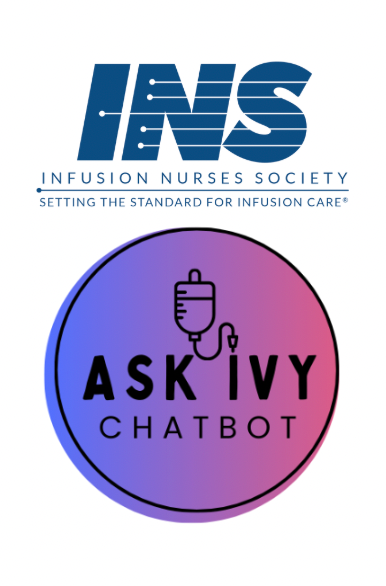Can I Take Blood From a Peripheral IV Catheter?
Yes, blood can be sampled from a peripheral intravenous catheter (PIVC), but there are specific considerations and potential limitations that need to be considered for each patient.
Pros and Cons of Blood Sampling from PIVCs
| Pros | Cons |
| Convenience: Avoids additional venipuncture, reducing patient discomfort and vein exhaustion | Contamination Risk: Higher chance of sample contamination and haemolysis |
| Time-Saving: Especially helpful for critically ill patients | Accuracy: May affect lab results, especially if medications were infused via PIVC |
| Resource-Efficient: Minimises resource use (needles, syringes) | Sample Quality: Higher risk of clotted or rejected samples due to small PIVC lumen |
| Device Failure: Increased risk of premature failure with excess movement and associated complications |
Blood Cultures
Do not collect blood cultures from a PIVC on insertion or from an existing PIVC. These are associated with inaccurate results.
Recommendations
If it is deemed clinically appropriate to sample from a PIVC, follow these recommendations to get the most accurate result:
Pause any infusions for two minutes and discard 2mL of blood prior to collecting sample
Use only 10mL or smaller syringes to reduce haemolysis
Tourniquet time should be maximised to one minute to reduce haemoconcentration
Document any samples drawn from a PIVC
If assessing drug level of medication being administered, collect sample from a separate PIVC or use direct venipuncture
Ensure proper flushing techniques are adhered to post collection. See our FAQ on PIVC Flushing.
While blood sampling from PIVCs can be convenient and reduce patient discomfort, clinicians must weigh the risks and benefits for each patient. In cases where accurate results are crucial, direct venipuncture may be preferred due to its lower likelihood of sample alteration.
References
Australian Commission on Safety and Quality in Health Care. (2021). Management of Peripheral Intravenous Catheters Clinical Care Standard.
Cancer Nurses Society of Australia. (2024). CNSA Vascular Access Devices: Evidence-Based Clinical Practice Guidelines. https://www.cnsa.org.au/practiceresources/vascular-access-resources
Nickel, B., Gorski, L., Kleidon, T., Kyes, A., DeVries, M., Keogh, S., Meyer, B., Sarver, M. J., Crickman, R., & Ong, J. (2024). Infusion therapy standards of practice. Journal of Infusion Nursing, 47(1S), S1-S285.
Pittiruti, M., Van Boxtel, T., Scoppettuolo, G., Carr, P., Konstantinou, E., Ortiz Miluy, G., Lamperti, M., Goossens, G. A., Simcock, L., Dupont, C., Inwood, S., Bertoglio, S., Nicholson, J., Pinelli, F., & Pepe, G. (2023). European recommendations on the proper indication and use of peripheral venous access devices (the ERPIUP consensus): A WoCoVA project. The Journal of Vascular Access, 24(1), 165-182. https://doi.org/10.1177/11297298211023274
Last Updated on: 08/11/2024









